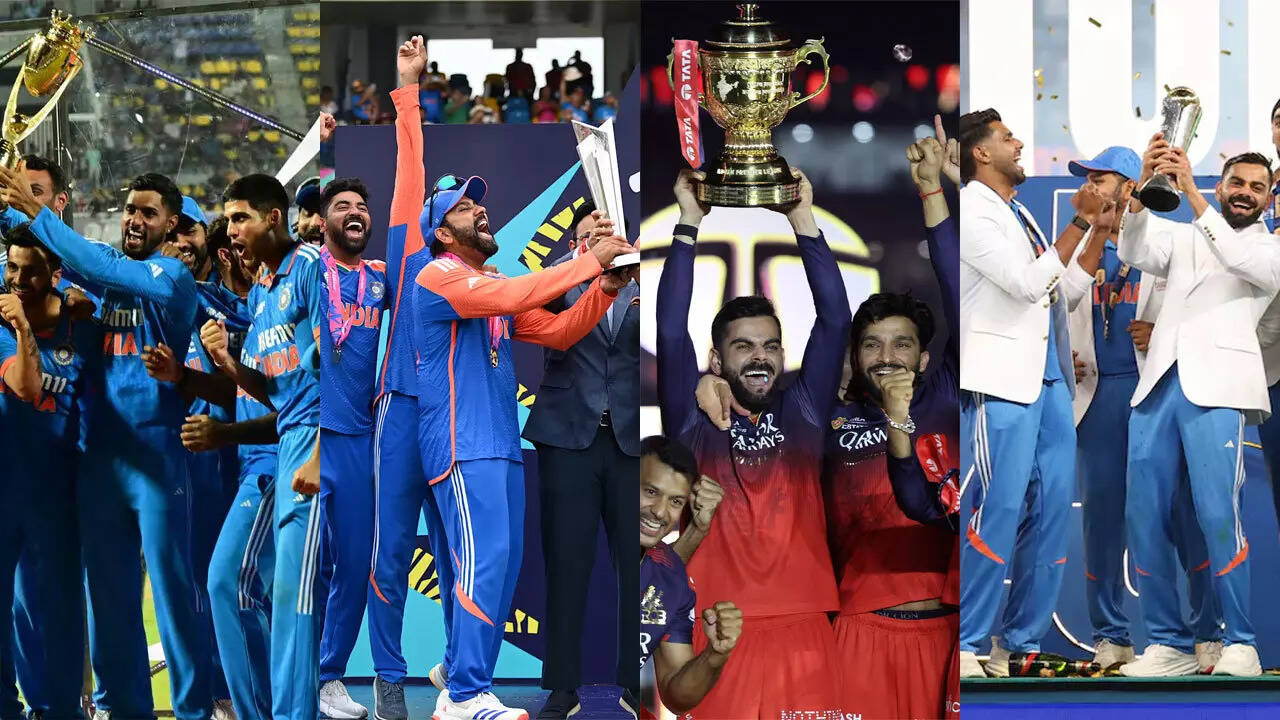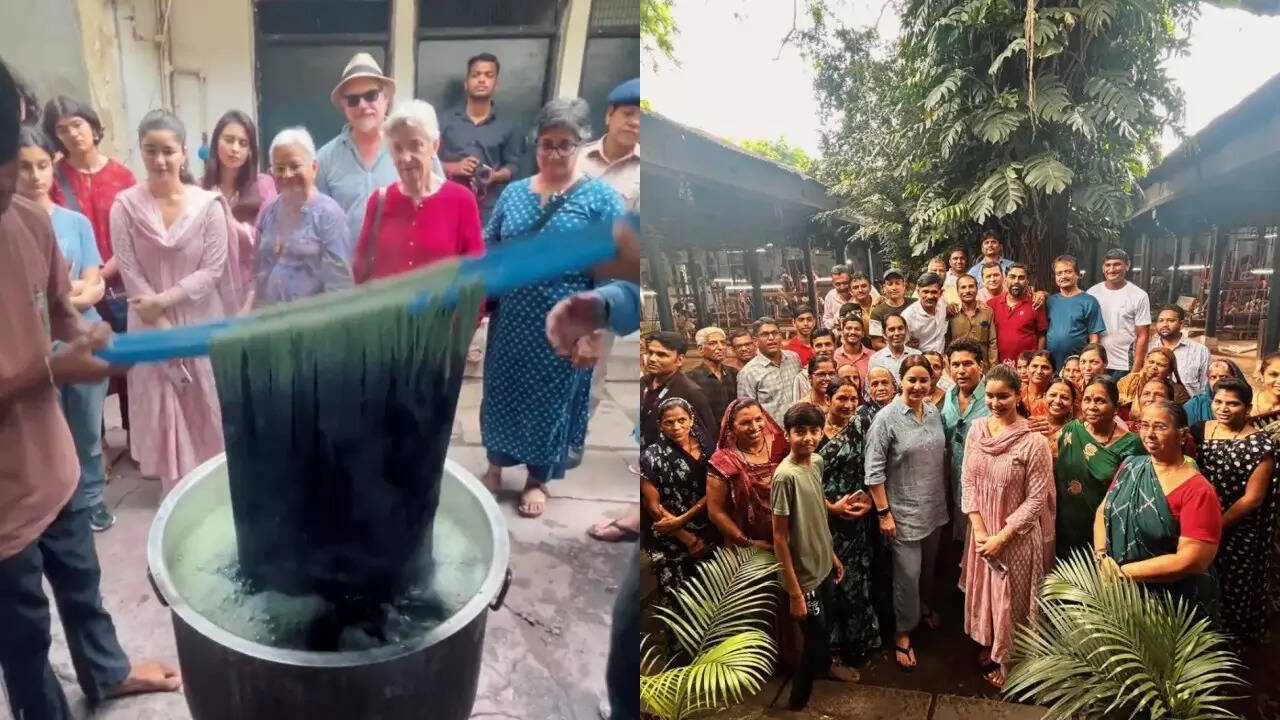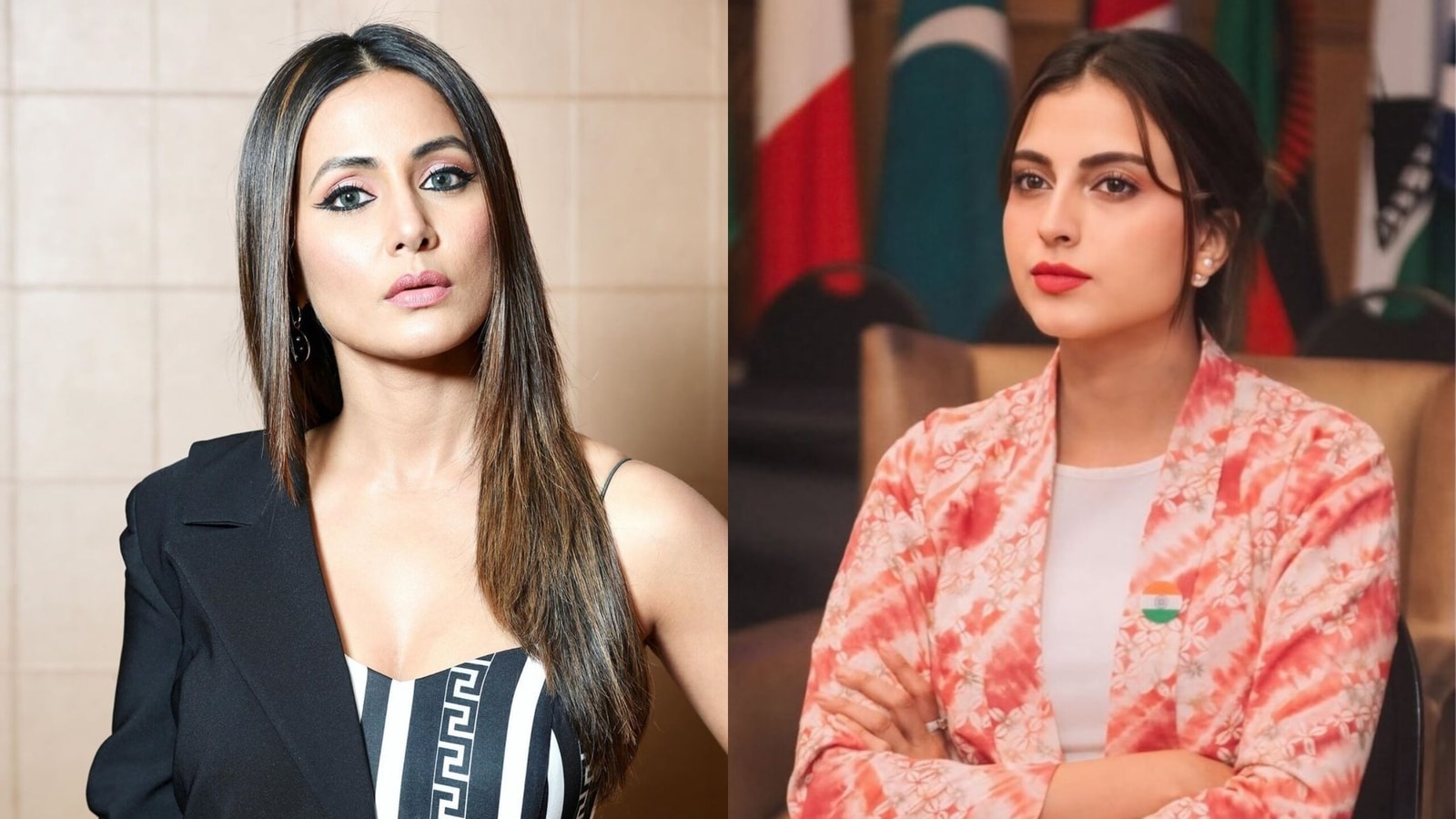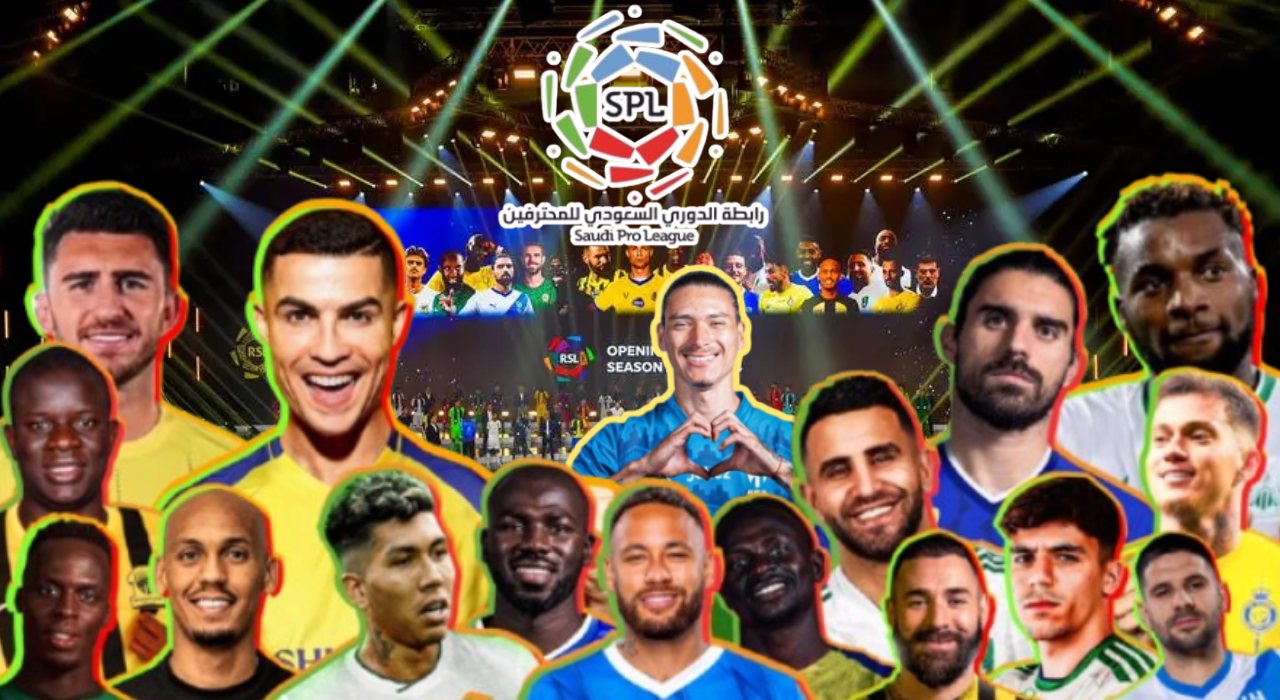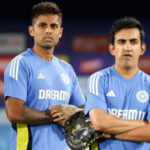Two years after the Saudi Pro League’s era-defining spree of marquee signings began with the likes of Cristiano Ronaldo and Karim Benzema, the 2025-26 season is shaping up as a phase of evolution, not just expansion. As the league enters Matchweek 2 on September 12, the focus has shifted: Saudi clubs are now chasing not only stardom but structure, talent development, and long-term balance. Behind the scenes, foreign player regulations introduced last season have added a fresh layer of strategy, one that’s quietly shaping every squad list, transfer decision, and game-day plan.
The SPL’s foreign player rule, what it says
In December 2023, the Saudi Pro League (SPL), in partnership with the Saudi Arabian Football Federation (SAFF), unveiled an important regulatory change that took effect with the 2024–25 season. This rule continues into the 2025–26 campaign, which kicked off on August 28, and is central to how clubs are now assembling their rosters.
The squad registration framework:
- Each club is allowed to register 25 players, down from the previous 30.
- Of these, 10 can be non-Saudi players, distributed as follows:
- 8 international players, with no age restrictions.
- 2 non-Saudi players born in 2003 or later, to encourage investment in youth talent.
- Additionally, 1 foreign player born in Saudi Arabia (1998 or later) can be registered. This player must hold foreign nationality but have been born within the Kingdom.
- On matchdays, each team may field:
- 8 foreign players, regardless of age or origin.
- +1 foreign player born in Saudi Arabia, meeting the birth-year requirement.
That means the maximum number of non-Saudi players on the pitch per team per game is 9. Notably, this restriction applies only to league matches. In domestic cup competitions like the King’s Cup and the Saudi Super Cup, clubs are allowed to use all 10 of their registered foreign players without any limitation.This structure balances high-level competition with developmental foresight, a clear nod to the league’s broader ambition: nurturing homegrown talent by providing young players with valuable playing time and experience, while maintaining strong international standards to keep the league competitive and attractive on the global stage. The rule is the product of close coordination between SAFF’s technical directorate, national team management, and the SPL’s club support strategy. Several workshops with club representatives preceded the final framework, a sign that the league isn’t just importing talent but investing in systemic alignment.
Tactical buying replaces star-hunting in 2025
In 2023, Saudi clubs made headlines by signing global stars like Cristiano Ronaldo, Karim Benzema, and Neymar. But by 2025, the approach has changed. Clubs are now making targeted signings to fill specific roles, rather than collecting big names.This year’s summer transfer window, which remains open until September 23, gives Saudi teams a key advantage over European clubs, whose windows closed earlier. That extra time is being used smartly.Once European squads are set, players who are no longer needed become available, due to squad depth, high wages, or poor fit. Saudi clubs wait for this moment. With money to spend and guaranteed game time to offer, they become an attractive option for players and a solution for European clubs looking to sell.This strategy lets Saudi teams sign good players who might not have moved earlier, often at better prices and with less competition.
The standout signings of the 2025 summer transfer window
Saudi clubs have not shied away from splashing the cash, but 2025’s biggest signings indicate smarter money. Here’s a breakdown of the major arrivals reshaping the league this season.
Mateo Retegui (Atalanta to Al Qadsiah) – $75.6 million
The most expensive Italian signing ever, Retegui arrives at Al Qadsiah after topping Serie A’s scoring charts. At 26, the Argentine-born Italy striker brings sharp penalty-box instincts, two-footed finishing, and maturity. His signing replaces fan-favorite Aubameyang and symbolizes Qadsiah’s intent to disrupt the Pro League elite.
Darwin Núñez (Liverpool to Al Hilal ) – $61.7 million (rising to $75.6m with add-ons)
Explosive, relentless, and unpredictable, Núñez joins from Liverpool with a solid return of 40 goals in 143 games. Dubbed “Agent of Chaos,” his off-the-ball movement offers a new dimension alongside Mitrović. He arrives as a centerpiece for new coach Simone Inzaghi’s attacking plans.
João Félix (Chelsea to Al Nassr ) – $40.4 million
Still only 25, Félix comes with the creative flair Al Nassr lacked behind Ronaldo. Despite a fragmented European career post-Benfica, Jorge Jesus is betting on his fellow Portuguese to link midfield and attack. With Talisca gone, the Golden Boy winner has a second chance to live up to his promise.
Kingsley Coman (Bayern Munich to Al Nassr) – $29 million (up to $41m)
A 13-time league champion with PSG, Juventus, and Bayern, Coman offers blistering pace and width. At 29, he’s in his peak years and brings Champions League pedigree. His arrival may spell the end for Sadio Mané, who’s struggled for consistency in Saudi Arabia.
Theo Hernández (AC Milan to Al Hilal) – $29 million
Arguably the most symbolic signing of this window, Hernández is a dynamic full-back at the height of his powers. His deep runs and attacking flair offer an upgrade at left-back for Al Hilal. With Koulibaly already in defense, Hilal’s backline is now among Asia’s best.
Nathan Zézé (Nantes to Neom SC) – $27 million
Neom SC, newly promoted, made headlines by landing the 20-year-old French center-back ahead of interest from Premier League clubs. Zézé is seen as a long-term investment, agile, composed, and technically strong. His signing signals a shift: the SPL is now attracting Europe’s rising stars, not just aging icons.
Iñigo Martínez (Barcelona to Al Nassr) – Free Transfer
At 34, Martínez is no mere benchwarmer. A left-footed center-back with top-tier experience across La Liga, he joins to stabilize a leaky Nassr defense. If Laporte stays, a Spanish pairing at the back could provide both control and leadership.
Building beyond the pitch, Vision 2030 in motion
Saudi Arabia’s Vision 2030 is the backdrop to all of this, a national blueprint for diversifying the economy and elevating international stature. Football, strategically placed within this vision, isn’t just entertainment. It’s investment, soft power, and infrastructure development. The Saudi Pro League is at the heart of that push, and the current balance of foreign-player restrictions with big-name acquisitions reflects a maturing ecosystem. Clubs are aligning with national goals: blending global excellence with grassroots growth.The 2025–26 Saudi Pro League season began with all 18 teams playing their opening matches between August 28 and 30. As the competition moves into Round 2, scheduled from September 12 to 14, clubs face a challenging 34-round round-robin campaign that will run through to May 21, 2026.




